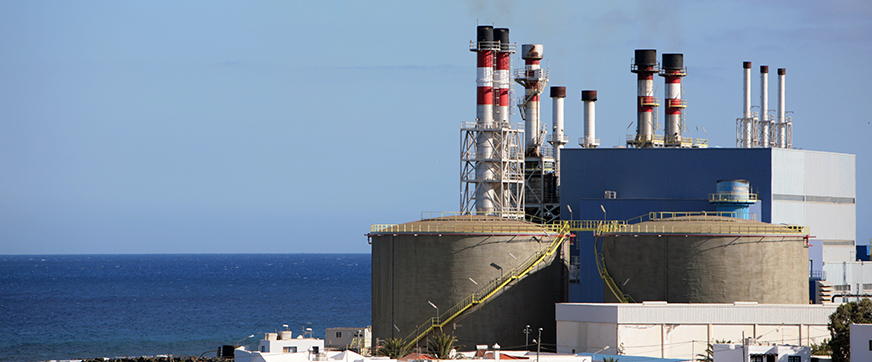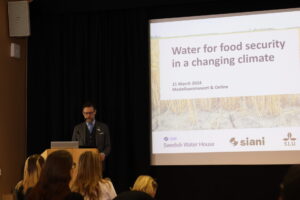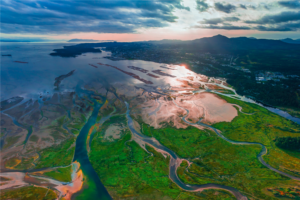Desalination: a life saver in desperate situations
Is desalination the panacea that will solve the global water crisis? A recent report has stirred a lot of interest among journalists, with many contacting SIWI to hear if this is the solution to the problem of water scarcity. Unfortunately, it is not.
A recent report on desalination, “The state of desalination and brine production: A global outlook”, (https://doi.org/10.1016/j.scitotenv.2018.12.076) has led to several articles and contacts with SIWI both from media and the public.
With 71 per cent of the planet’s surface covered with water, a technology like desalination seems like the obvious way to end water scarcity.
If only it were that simple.
Desalinisation encompasses a set of impressive technologies, but they all come with some major drawbacks.
First, it is quite expensive. Even if the cost per litre of fresh water produced has declined steeply over the last decades, there are still a lot of pipes to install, pumps to run, and membranes that must be maintained. This means that desalination is generally only viable for the tenth of the water demand that comes from domestic users and some specialised industries.
Second, desalination takes energy! Just like water, energy is a scarce and valuable resource. And energy is our thirstiest sector after irrigated agriculture. To complicate things further, in most of the world, supply and demand for water and energy follow each other. During a drought, both water and energy tend to be in short supply and high demand, meaning that using one to get the other moves rather than solves the problem.
Another, more long-term, paradox between water and energy is that the latter all too often comes with a hefty tab of greenhouse gases. The irony here is that fossil energy drives climate change largely causing the increasingly unreliable water patterns that contribute to the growing interest in desalination, which in turn often, at least on the margin, is powered by fossil energy. In fossil-fuelled energy systems, desalination seems to be a costly treatment for drought as a symptom of climate change that risks aggravating the already rising global fever.
Third, desalination can cause substantial damage to the local environment. Though, on the one hand, it produces clean, cool freshwater, it also churns out an often hot, hypoxic and hypersaline brine. If the brine is released in too calm waters, without proper mixing and dispersion, it can sink as suffocating salty plume to the bottom, killing organisms on the seabed with potential cascading effects in vulnerable marine food chains.
Desalination can contribute to the management of temporary water shortages in coastal regions where there is a secure supply of cheap, non-water dependant and fossil-free energy and where the disposal or use of the brine is properly managed. Unfortunately, this excludes almost the entire planet.
This being said, desalination certainly can be a life saver in desperate situations. The key is to manage and use water so that situations don’t turn that desperate.
In most of the world, the best bet is to take better care at the water resources already at our disposal. Taking so called wastewater the final step from “treated” up to drinking water quality is often far cheaper and has a much lower environmental footprint than desalination. If the wastewater where desalination is considered is among the approximately 80 per cent that currently isn’t treated, then that should be a key priority. It is often argued that people won’t accept drinking treated sewage due to a “yuck factor” associated with it. Hopefully the yuck factor of releasing untreated wastewater into rivers, lakes, and the sea is higher than that of getting safely treated water in your tap.
Also worth investigating is the overall water efficiency in society. If other actors and sectors can be incentivized to reduce their water withdrawals, e.g. for irrigation and cooling of power plants, a lot of water could be freed up for domestic and other use.
With increasingly frequent and severe extreme water events looming on the horizon, we should also increase our ability to manage and protect the water when and where it falls. Rainwater harvesting and artificial groundwater recharge could help us clip the peaks of both droughts and floods.
It would have been great to have a technical fix that would allow us to use water how and as much as we want. Unfortunately, no such technology exists and until it does, managing how we use and reuse our water resources and reduce our demand is the best way forward.








